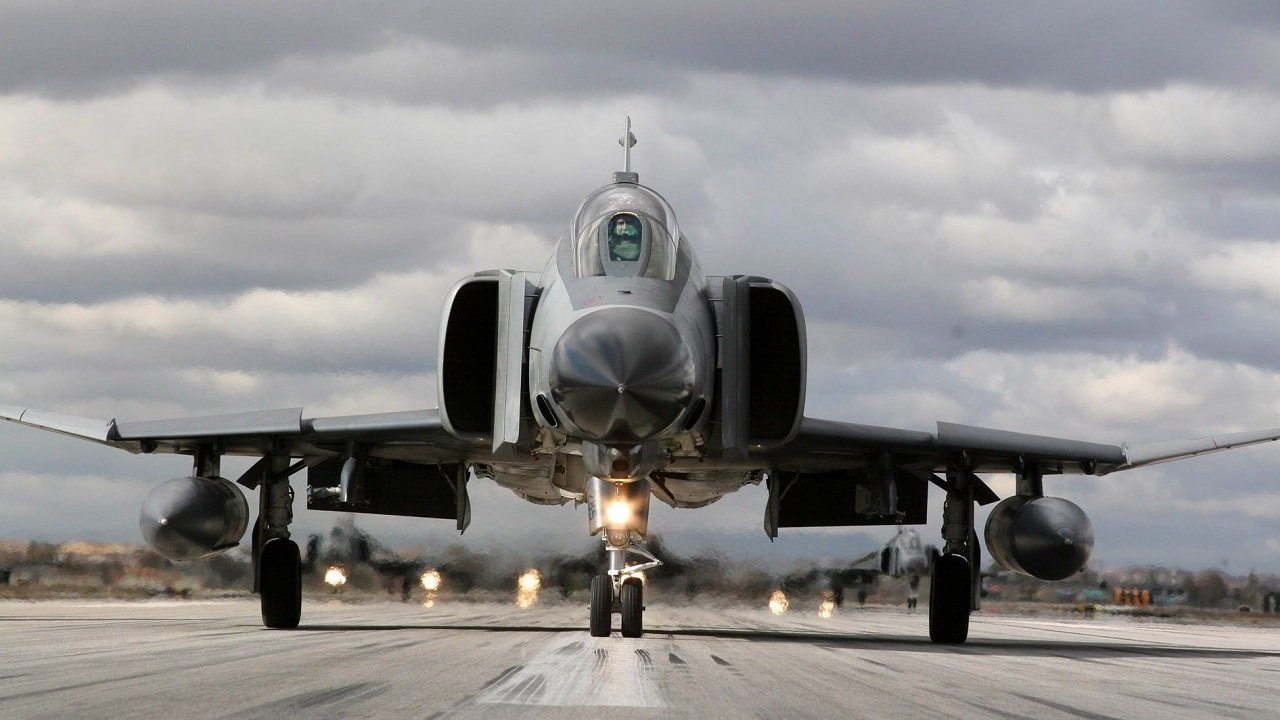
The F-4 Phantom overcame some early challenges to become one of the most beloved aircraft in US military history: The F-4 Phantom serves as perhaps the most enduring platform in the history of military aviation. While it may immediately conjure up associations with U.S. military involvement in Vietnam, the F-4 Phantom remained in service with the United States military for decades after that conflict. The F-4 was also widely used by many other militaries, and does remain operational with some even today.
The F-4 Phantom II is widely regarded as one of the most successful and iconic fighter aircraft in history. Here are several reasons why the F-4 Phantom was considered an amazing fighter:
- Versatility: The F-4 Phantom was a highly versatile aircraft that excelled in multiple roles. Originally designed as an all-weather interceptor, it evolved to become a formidable air superiority fighter, ground-attack aircraft, and reconnaissance platform. Its adaptability allowed it to perform effectively in various combat scenarios.
- Speed and Performance: The F-4 Phantom had exceptional speed and performance capabilities. It could reach speeds exceeding Mach 2, enabling it to engage enemy aircraft on an equal footing. Its powerful engines and aerodynamic design provided excellent maneuverability and acceleration.
- Weapon Systems: The F-4 Phantom was equipped with a wide range of weapon systems. It could carry a significant payload of air-to-air missiles, including the AIM-7 Sparrow and AIM-9 Sidewinder, enhancing its air-to-air combat capabilities. It was also capable of carrying a variety of air-to-ground munitions, such as bombs and rockets, making it effective in ground attack missions.
- High Survivability: The F-4 Phantom had a robust airframe and effective self-defense systems that contributed to its high survivability in combat. It featured electronic countermeasures, radar warning systems, and chaff/flare dispensers to counter enemy threats. Its ability to sustain damage and continue operating in hostile environments was highly valued by pilots.
- Long Service Life: The F-4 Phantom enjoyed a long service life with numerous air forces around the world. Its durability, reliability, and adaptability allowed it to remain operational for several decades. It played a significant role in various conflicts and served as a frontline fighter for many nations.
- Pilot-Friendly: The F-4 Phantom was designed to accommodate two crew members, a pilot, and a radar intercept officer (RIO). The collaborative cockpit design and advanced avionics made it easier for the crew to handle the aircraft’s complex systems, enhancing operational effectiveness.
- International Success: The F-4 Phantom was not only used by the United States but also became an important export aircraft. It was widely adopted by several nations around the world, including Israel, Japan, Germany, and the United Kingdom. Its global presence and performance in different air forces contributed to its reputation as an amazing fighter.
The F-4 Phantom’s success can be attributed to its exceptional performance, versatility, and adaptability. Its legacy as a dominant fighter aircraft and its impact on military aviation are still highly regarded today.
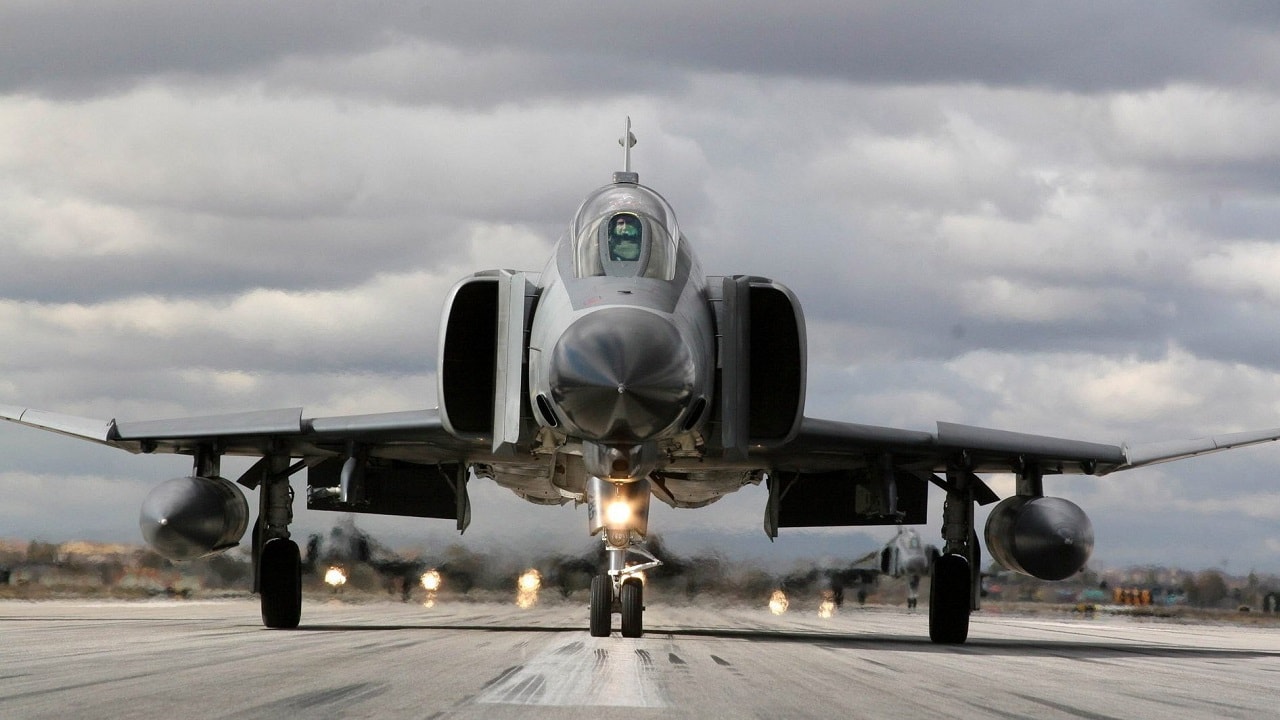
What it may have lacked in flair or design appeal, the F-4 Phantom made up for in pure performance capabilities, and the F-4 set 16 different speed, altitude, and time to climb records. In 1959, a prototype F-4 set a world altitude record at 98,556 feet (30,000 meters), and in 1961 an F-4 set a new world speed record by flying at 1,604 mph (2,581 kph) on a 15-mile circuit. The F-4 Phantom’s speed was impressive enough that when NASA was testing rockets in the 1960s and needed pilots to fly close enough to the projectiles in order to film them as they accelerated through Mach 1 at 35,000 feet, those pilots turned to the F-4 as their preferred platform of choice.
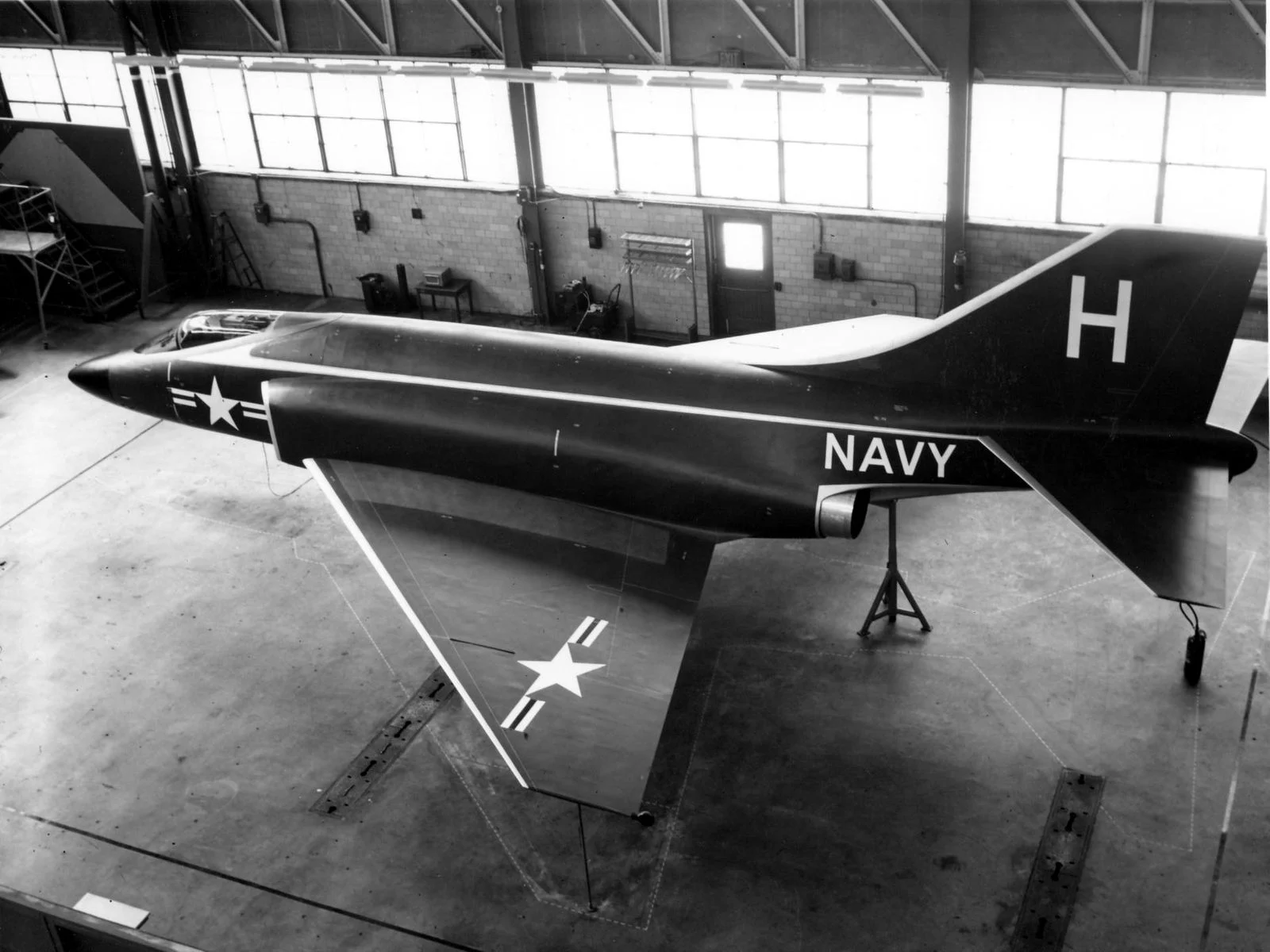
Development
McDonnell Douglas began the development of the F-4 Phantom II in the 1950s as a carrier-based interceptor aircraft for the United States Navy to take on Russia during the Cold ധąɾ. The F-4 entered into service with the Navy in 1961, and by 1963 a variant of the F-4 had also been designed for use by the United States Air Force; indeed, despite not being the original target for the F-4, the Air Force would go on the purchase more of the aircraft than the Navy.
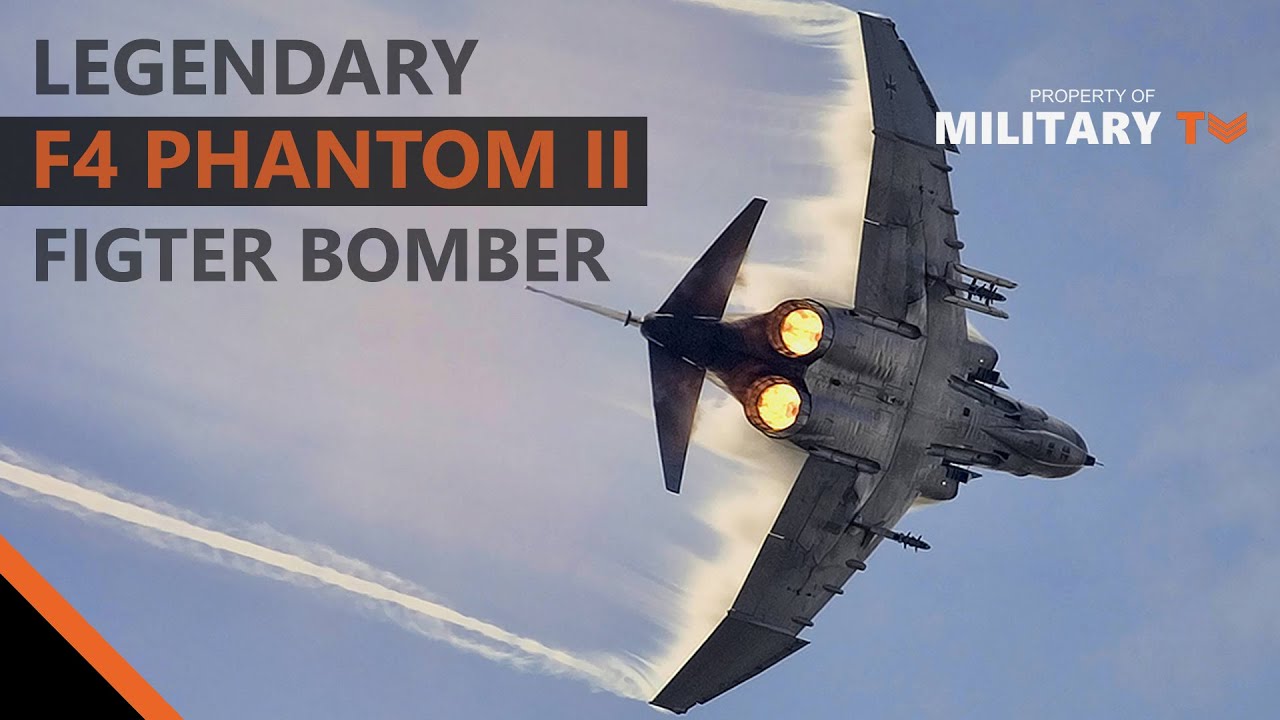
Despite its impressive capabilities, the F-4 struggled in its debut combat deployment during the Vietnam ധąɾ. The principal problem experienced by the F-4 stemmed from issues associated with the aircraft’s AIM-7 and AIM-9 air-to-air missiles, which themselves demonstrated a very concerning failure rate as a significant number of the missiles failed to either launch or lock on to targets. As a result, initial kill rates for the F-4 failed to exceed a disappointing 20 percent. This issue was largely addressed following the introduction of improved munitions such as the AIM-7E-2, as well as through the development of new variants of the F-4 that included the addition of an M61 Vulcan internal cannon.
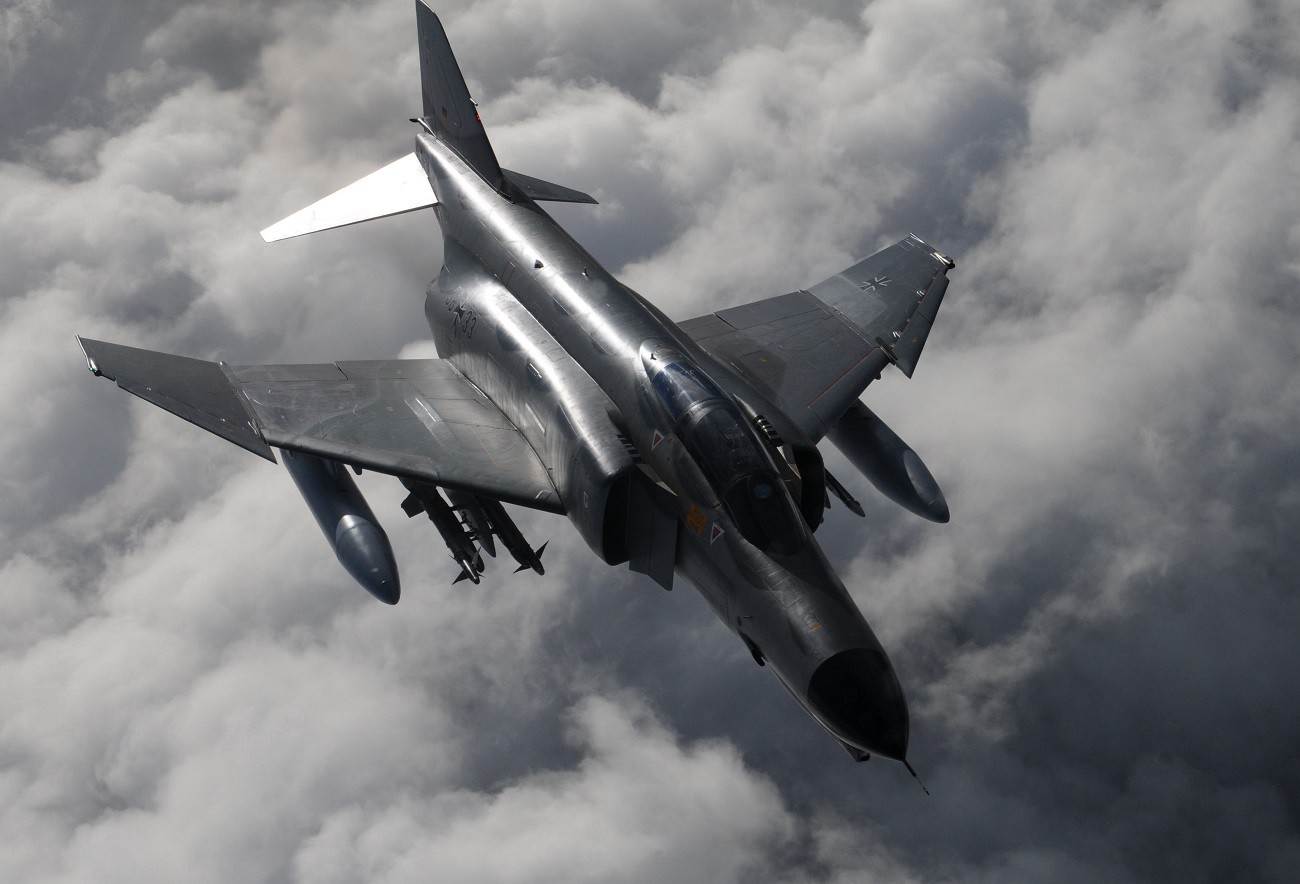
These additions, along with other modifications and improvements made to the F-4 which saw improvements made to the aircraft’s radar, engines, and avionics, allowed the F-4 as a platform to move beyond a pure interceptor role and transform into a more versatile multirole aircraft. The United States Marine Corps operated the F-4 in a fighter-bomber role, while other versions of the aircraft incorporated a built-in camera that allowed it to serve in a reconnaissance capacity. The F-4 Phantom is also capable of undertaking air superiority, close air support, air defense suppression, and fleet attack and defense missions.
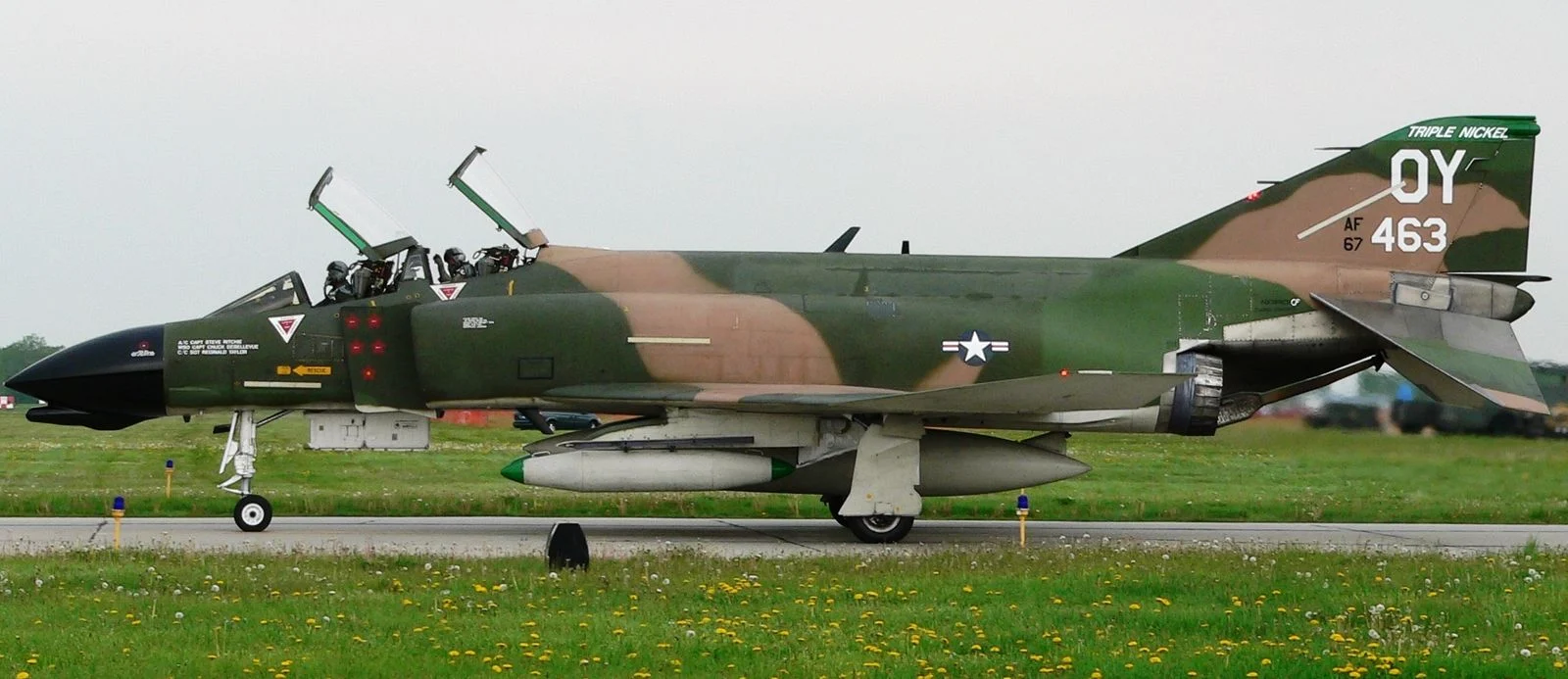
The F-4’s two engines provide 17,900 pounds of thrust, and the aircraft has a maximum speed of 1,485 mph and a maximum ceiling of 56,100 feet, while demonstrating a max effective range of 1,750 miles. More than 5,000 F-4s were produced by McDonnell Douglas, and more than 4,000 F-4 aircraft were operational with the U.S. military before it was retired from service in 1996. Eleven other countries have made use of the F-4 in their own military services, and the F-4 served in the first line of more Western air forces than any other fighter jet. Today, the F-4 Phantom remains in operational service with some of those eleven air forces, including that of both Iran and South Korea.





